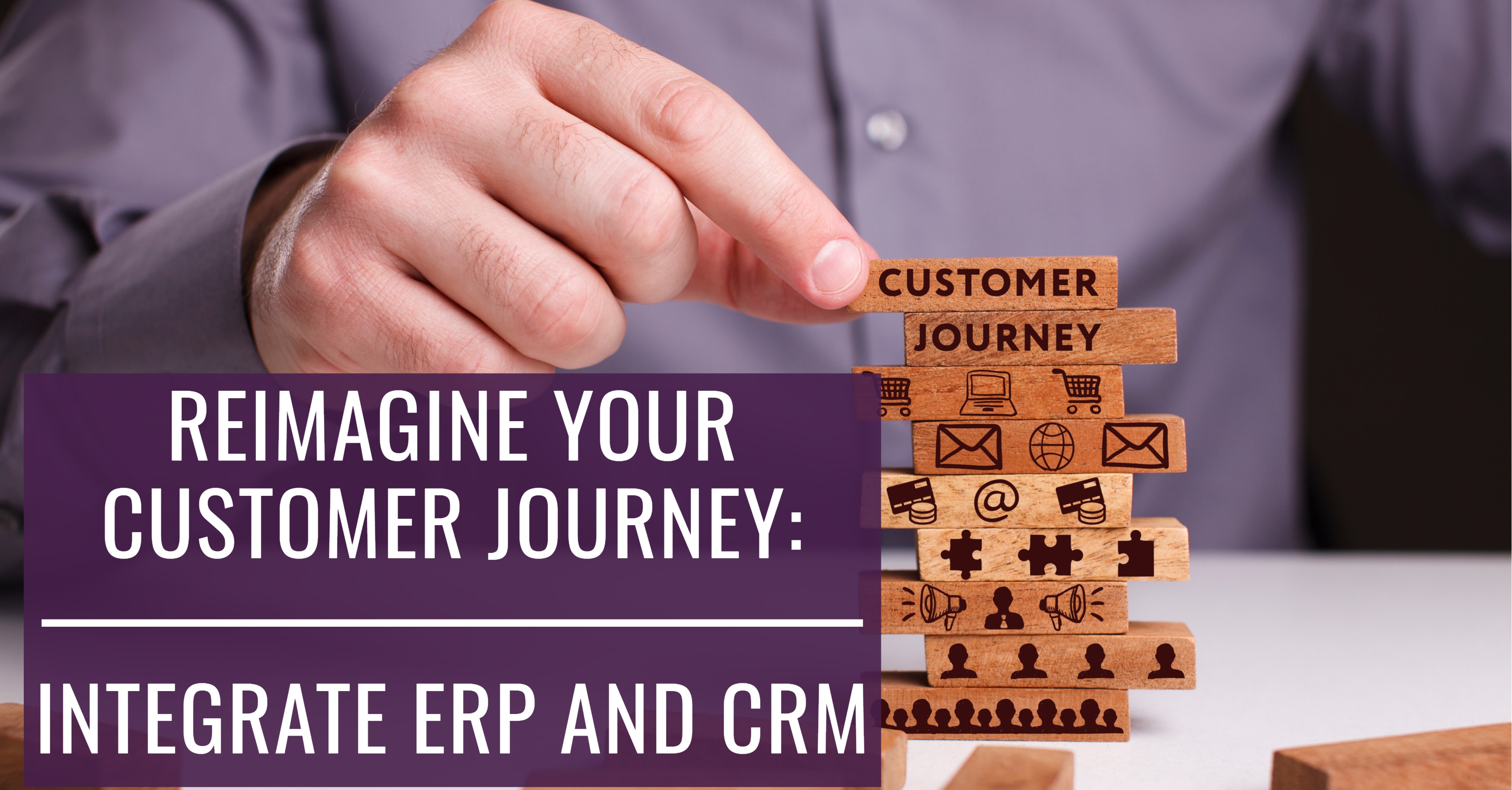Customer Journey Mapping
Far too many manufacturers position their products at the center of their enterprise. Makes sense, right? Isn’t the point to push quality items into the marketplace? But businesses that center strategies around products lose sight of the most important driver of success: customers. Ultimately, no matter the quality of the products, customers aren’t going to waste time dealing with inefficiencies in purchasing, delivery or service. There are simply far too many other options available for consumers to take their business elsewhere.
That’s why we’ve increasingly focused our topics on utilizing enterprise software to become customer-centric manufacturers. In this piece, we explain how customer journey mapping enables companies to envision customer experiences from their point of view. Furthermore, we describe the role of a CRM and ERP integration in building comprehensive customer journey maps and gaining more loyal patrons.
Click here to check out our new Unity video demo for ERP and CRM integrations.
What is Customer Journey Mapping?
Essentially, a customer journey map is a visual representation of your customer touchpoints. Most maps are designed to represent the journey from their initial discovery of your brand to their first purchase. This diagram gives insight into each facet of the sales funnel, enabling companies to explore areas of improvement.
Creating a map is no light task. Mapping involves extensive analytical and anecdotal data to draw a complete picture of your customer experiences. Analytical data likely makes up the vast majority of your current data, showing you the demographics of your consumers and buying patterns. Anecdotal data, on the other hand, is a little trickier to compile. This consists of client stories and opinions. By conducting interviews and monitoring social media activity, companies can gain this information to get a more intimate view of the customer.
The purpose of a customer journey map isn’t to pinpoint every little detail of the customer experience. This would prove impossible since each buyer is different. Instead, using this data, businesses can depict various aspects of the customer journey: social media engagement, calls with sales reps, CTAs on marketing campaigns and, of course, the purchase. This map can guide your entire enterprise—not just the sales and marketing departments—to streamlining pipelines and converting more leads.
How do Software Integrations Come into Play?
An integration between ERP and CRM systems helps with both the initial creation of a customer journey map and the process of modifying business tactics based on an analysis of the map. Since mapping requires the use of data, a CRM-ERP integration accelerates the process by coalescing ERP and CRM data in one system. An integration compiles customer information, orders, pricing data and more into one system, providing full insight into the consumer experience. This ensures that the map encompasses the key aspects of the buying process.
If you map your customer journey pre-integration, you are likely to find that your disjointed enterprise software is to blame for shortcomings in customer experiences. Delays, stockouts, inadequate forecasting, poor service, departmental silos: these are all potential culprits in derailing customer journeys, and they can all be eradicated with an ERP-CRM integration. Automatic data syncing between the two systems increases accuracy throughout your manufacturing firm. That means on-time shipments as ERP platforms automatically receive order data, accurate pricing as salespeople access updated pricing information, less inventory and waste with more insight into demand, expedited sales contract approvals and additional improvements. Best of all, these automated updates eradicate dual, manual data entry to save your employees time and reduce errors.
Wrap Up
A customer journey map is a key tool in every manufacturer’s arsenal, providing insight into the customer experience, including shortcomings that need to be fixed. An ERP and CRM integration builds a connected enterprise to improve the creation of a customer journey map and remove those hitches in your pipeline.
But you can’t combine just any two systems. Epicor ERP is designed for manufacturing success with advanced modules and suites connected into one robust system. Plus, its flexible architecture supports an array of integrations. Microsoft Dynamics 365 and Salesforce CRM are also built on flexible platforms to enable businesses to build a connected enterprise.
As an Epicor Platinum Partner and a certified partner of both Microsoft Dynamics 365 and Salesforce, Datix has the ideal solution for connecting your ERP and CRM systems. Unity is our pre-built, scalable integration application designed to connect Epicor ERP with an array of dynamic software systems. Our expert consultants steer you throughout the project and manage the system without interrupting your business processes.
To optimize your customer journeys, let us guide you on your software journey. Contact Datix today for more information about Unity, and be sure to check out our Unity video demo.
{{cta(‘770c1544-d87d-4acb-9fc4-7a25e1385094′,’justifycenter’)}}


